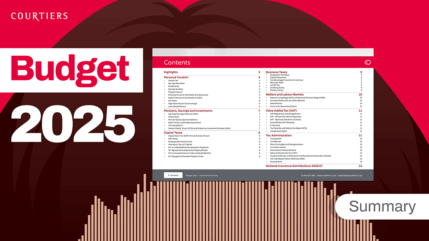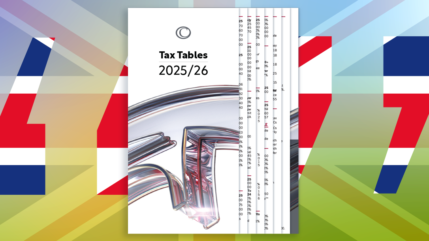Some tax breaks are safely within the bounds of government regulation. Others aren’t so clear. In the murky waters of low risk, high return investment propositions, tax breaks can turn and when they do, they bite…
Gary’s recent article Financial Shenanigans touched on a few “magical” tax breaks which on paper may seem attractive, but in fact are often complex in nature, high risk and expensive to manage.
You may have heard the phrase, “don’t let the tax tail wag the investment dog.” This means don’t let the prospect of returns override control of your investments. Remember your long-term objectives. Remember the investment risk you personally are prepared to take and don’t get carried away.
Carefully does it
Here are four investment vehicles with incentives that might appear attractive, but before diving in, give them some careful thought:
Venture Capital Trusts (VCTs)
A VCT is an individual listed company that collectively invests in shares and trades on the London Stock Exchange. The primary objective of a VCT is to generate attractive returns by investing, predominantly via the Alternative Investment Market (AIM), in smaller eligible companies seeking capital injection to assist with their growth.
The managers of the VCT collectively invest across many companies and by using this approach it spreads the investment risk, although it should be highlighted that the majority of VCTs are classed as high risk investments.
The main attraction of investing into a VCT is that it offers income tax relief of up to 30% on new investments up to £200,000 and tax-free dividend payments. Any dividends paid are not counted towards an individual’s dividend tax allowance for the current tax year. An attractive offer, but it does have its disadvantages: besides being a potentially high risk and volatile investment, liquidity of assets is a huge issue and one that can cause investment calamity, as the media has highlighted a lot lately. I also suspect that the tax relief in some instances may be built into the price of the shares to start with, effectively meaning an investor is pre-funding their own tax relief.
Ongoing charges are generally much higher than other collective investments and typically attract an initial investment fee which is larger than conventional investments, also ongoing charges may be higher, with some as much as 7% per year. Most VCTs target an annual return of 20% net of charges, however few VCTs achieve this target within the first few years. Investors can rarely access their capital until after 5 years of investing, without losing the tax breaks.
Business Expansion Scheme (BES) and Enterprise Investment Scheme (EIS)
Introduced by the government in 1983, the sole purpose of a Business Expansion Scheme was to offer an incentive for investors to put money into unlisted, mainly start-up companies. Investing directly into such companies was deemed a beneficial way to help them prosper while generating rewarding returns for the investor. So what are the risks?
Headline-grabbing incentives included a generous 30% income tax relief and a deferral on capital gains tax. Attractive indeed, but the nature of investing into unlisted companies inevitably means big risk – not everyone sees decent returns. Another problem was that investors were drawn into Business Expansion Schemes purely by the tax incentives and they failed to, or were not advised on, the high risk nature of investing into start-up companies.
Business Enterprise Scheme’s ended in 1993 and became Enterprise Investment Scheme’s which are still around today with much the same structure.
Seed Enterprise Investment Scheme (SEIS)
Similar to the above, SEIS were introduced in 2012 and involve investing into companies at their very earliest stage of inception. As you can imagine, this represents the most risky of investment opportunities so in order to tempt investors into this scheme, the tax incentives are higher than those of an Enterprise Investment Scheme. A SEIS offers a 50% upfront income tax relief and capital gains tax deferral, plus the ability to reclaim 50% tax relief on reinvested gains. Once again, there are big liquidity and transparency issues with investments held in a SEIS.
Business Property Relief (BPR)
BPR enables certain shares that have been invested into business assets for at least two years to be exempt for inheritance tax purposes. It sounds relatively straightforward and attractive however there are strict criteria for what investment can qualify for BPR status. The shares in qualifying companies cannot be listed on any stock exchange, with the exception of AIM. A further incentive to invest in AIM shares came about in 2013 when AIM listed shares could be held within an ISA.
As with the previous tax incentive investments mentioned, AIM shares and unlisted stocks are classed as high risk investments. It must also be mentioned that qualifying AIM shares for BPR can grow and therefore move onto a stock exchange and lose their BPR relief status. Once the shares held in a qualifying investment are sold, they lose the BPR status and form part of an individual’s estate for IHT purposes.
If in doubt…don’t
Crucial in any investment is not to invest in something you don’t understand. If you’ve any concerns about existing investment or any questions and considerations you’d like to discuss with someone well placed to guide you through things, contact us.













